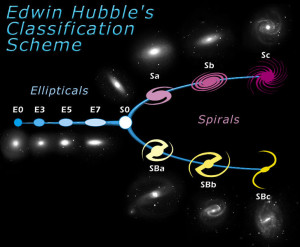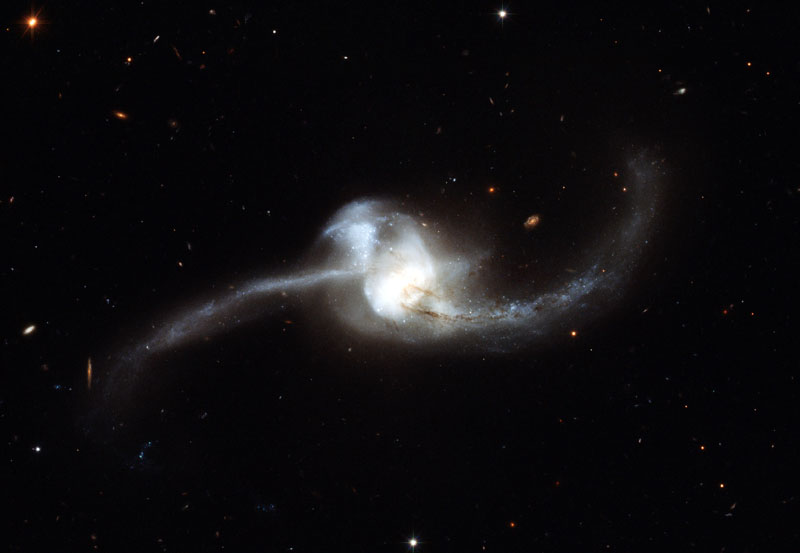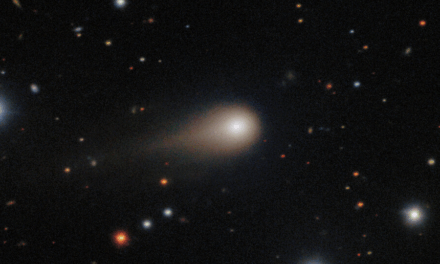The classification of galaxies was proposed by Edwin Hubble in 1936, popularly known as tuning fork sequence. It begins from elliptical followed by spirals / barred spirals and irregulars. Tuning fork sequence has nothing to do with the evolution of galaxies. However it is found that the star formation rate increases as one move from elliptical to spirals (Sc or SBc).
Elliptical are compact system. Thus the mass density decreases from E to S or SB. Elliptical are named from E0 to E7. If the major and minor axes of an elliptical galaxy are a and b, its type is defined to be where
An E0 galaxy thus looks circular on the sky. The apparent shape of an E galaxy depends on the direction from which it is seen. In reality E0 galaxy is spherical. After the elliptical, the diagram splits into two arms like a tuning fork.
 The upper arm contains the spiral galaxies, which start from S0 at the junction of the tuning fork. The arms of the spiral galaxies seem to emerge directly from the core. The letter S, stands for spirals while the number 0 means no arms. A lower case letters denote how wound up the arms are. The prime explanations are:
The upper arm contains the spiral galaxies, which start from S0 at the junction of the tuning fork. The arms of the spiral galaxies seem to emerge directly from the core. The letter S, stands for spirals while the number 0 means no arms. A lower case letters denote how wound up the arms are. The prime explanations are:
- Sa: A bright and massive central disk with smooth but tightly would arms
- Sb: Slighter better defined spirals than Sa.
- Sc: Much looser wound arms than Sb
- Sd: Very loose arms generating most part of the luminosity.
The lower branch is for barred spiral galaxies. A barred spiral is defined as a spiral galaxy with a band of bright stars emerging from the center and running across the middle of the galaxy. The letter B stands for barred. The explanations are
- SBa: A bright central region and tightly spaced spirals
- SBb: Relatively better defined arms than SBa, which are more loosely wound.
- SBc: A much dimmer central portion having even looser arms than SBb.
Hubble’s classification was based on the photographs of the galaxies, which made him initially think that elliptical galaxy was an early form of galaxy, which might have later evolved into spiral galaxy.
Today’s understanding suggests that the situation is more or less opposite. Because it is almost verified by observation that elliptical are formed by the merging of spirals.






